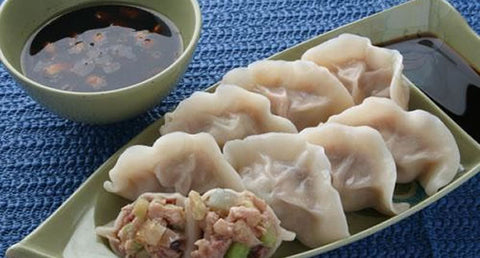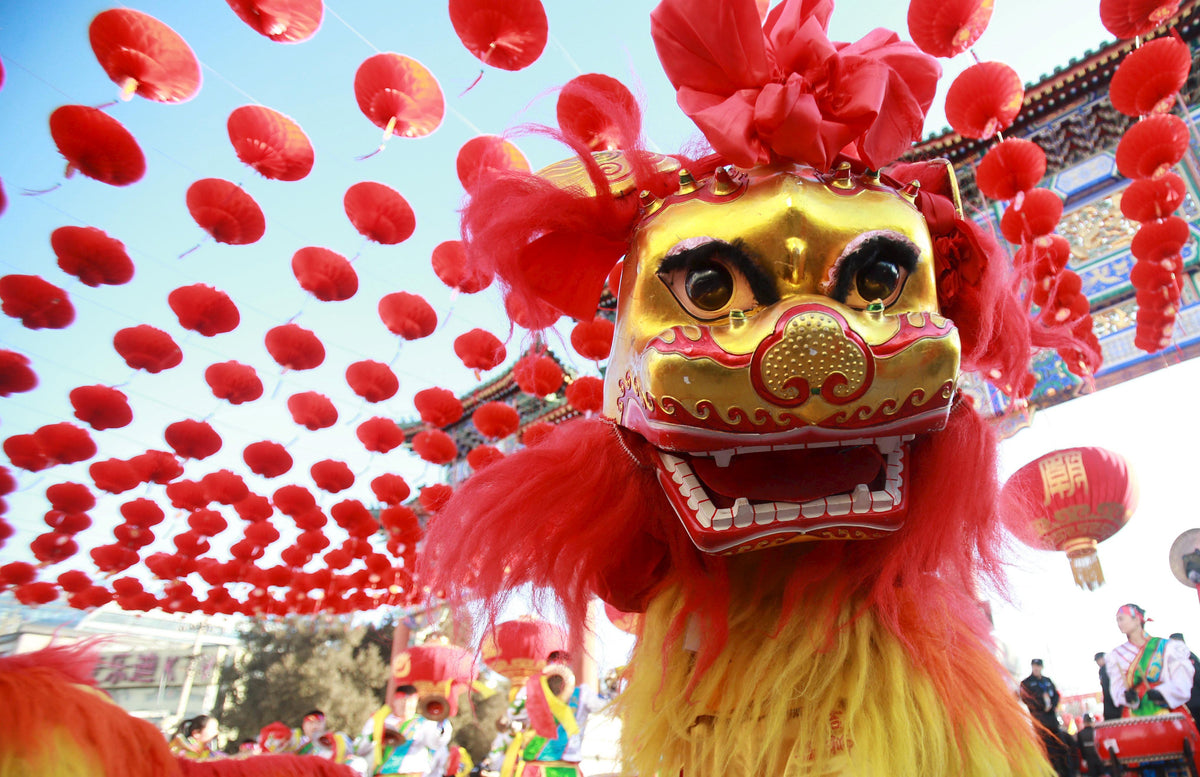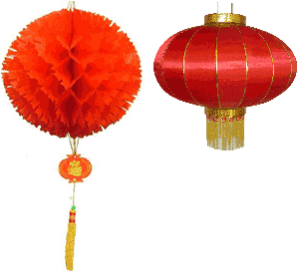ACTIVITIES IN THE MODERN NEW YEAR
In the days leading up to New Year’s Eve, there is great activity: shopping, cleaning and hanging decorations, in preparation for the big event.
New Year’s Eve dinner is an important meal for the Chinese. It is considered a time for family and family reunion and is celebrated at home rather than in a restaurant.
During the dinner, fish will be served, and in Northern China, dumplings are an important part of the meal (both these dishes signify prosperity). New Year cake is also served: known in Mandarin as nian gao (“higher year”), eating a piece of this traditional steamed rice cake is supposed to improve your luck in the coming year.

At midnight fireworks are launched to celebrate the coming of the New Year and to drive away evil. It is believed that the person who launches the first firework of the New Year will have good luck.
During Shou Sui – meaning ‘after New Year’s Eve dinner’ – family members will try and stay awake during the night to fend off the mythical ‘Year’ beast by lighting fires.
Giving ‘red packets’ is also a Chinese tradition. These are red envelopes containing money ranging in value from one to a few thousand Chinese Yuan. They are given by adults, especially married couples, and the elderly to young children in the days following New Year. It was believed that the money in the red envelopes warded away evil from the children, kept them healthy and gave them a long life.
On New Year’s Day – people traditionally either stay at home or visit family, especially the older generation.
On the second day – some Chinese host a religious ceremony to honour the gods. It is also the custom for married females to visit their parents.
On the third day – people traditionally perform a ceremony to honour their ancestors.
On the fifteenth day – is the Yuan Xiao festival, also called the Lantern Festival, which marks the end of the New Year celebrations.
In 2016 the Chinese New Year begins on Monday 8th February, and heralds the Year of the Monkey. Look out for next week’s blog post to find out what the Year of the Monkey might mean for you!







Leave a comment